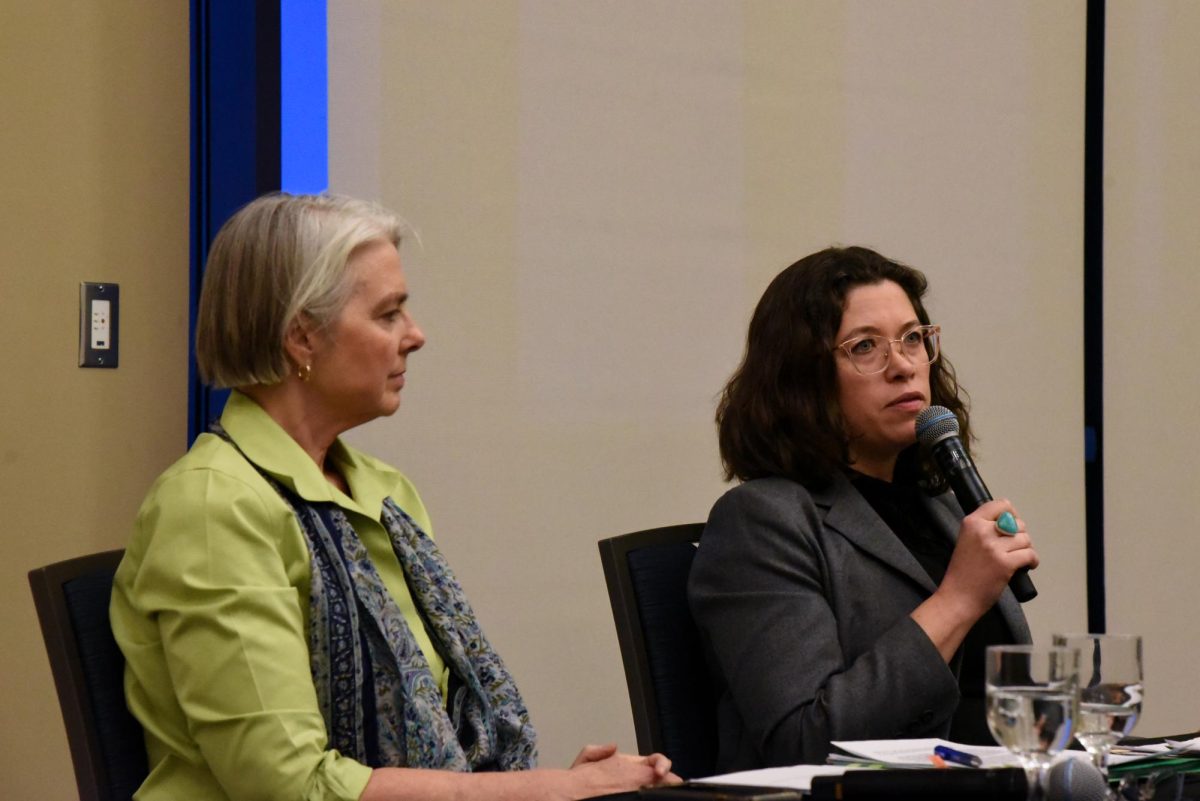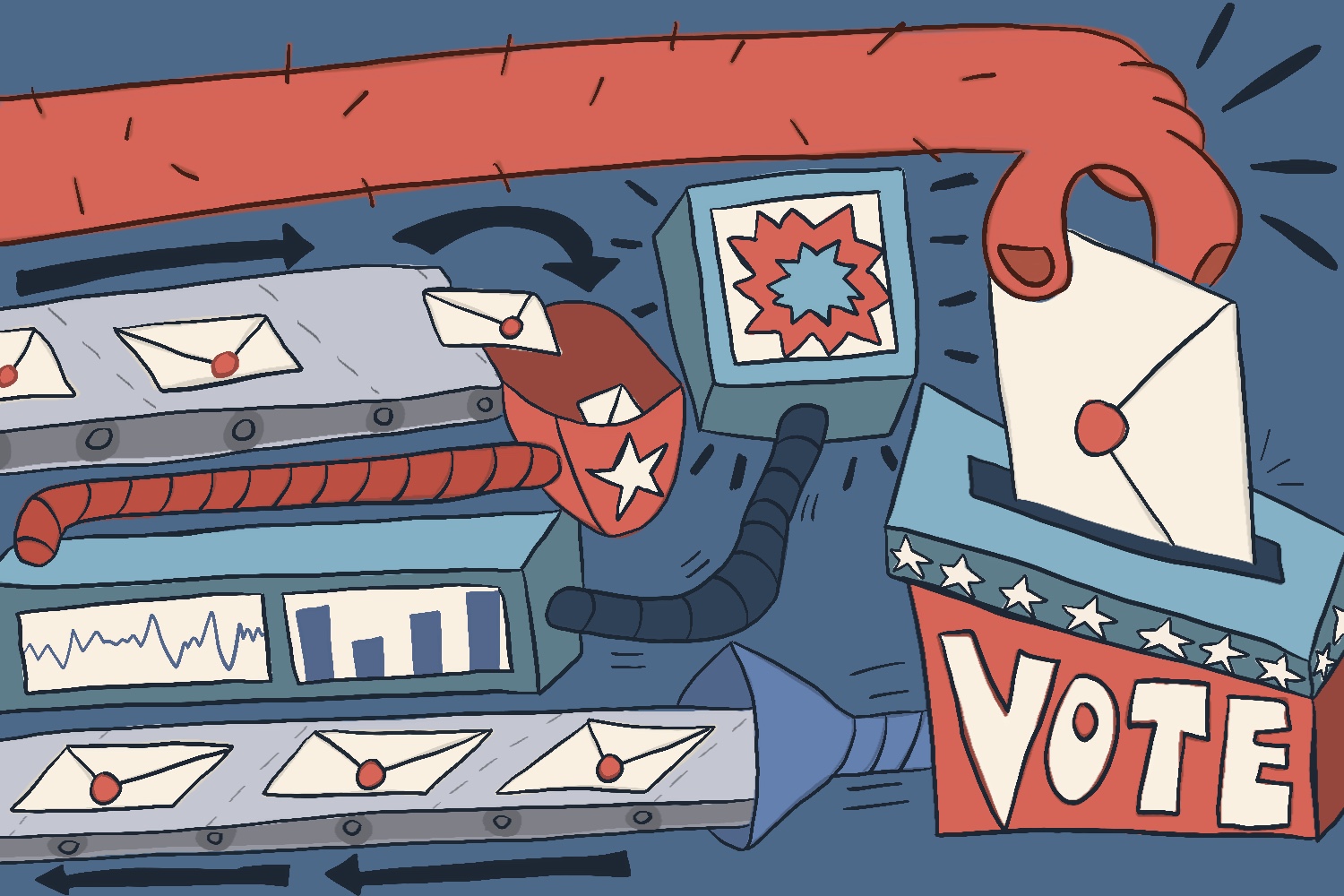The specifics of project labor agreements (PLA) vary, but they generally aim at forcing nonunion workers to join unions – and cough up a chunk of their pay to do. Workers must join the union if they want to work on public projects for which public officials have agreed to only accept union workers on the job site. In return for this and other concessions, the unions promise not to strike. The relationship between public work projects and firms is similar to the relationship between UVM and (potentially PLA clad) labor force.
UVM should avoid the responsibilities and entanglements a PLA brings about because of financial and efficiency drawbacks. PLAs are costly for nonunion workers, who in effect must pay off the unions if they want to work. The construction industry has struggled with PLAs for many years. Recently the Pudget Sound Business Journal interviewed Brenda Potter, the owner of A-1 Saftely First Inc., a Tacoma construction traffic control company.
Brenda reported, “The costs to my employees is tremendous: union initiation, $400, monthly dues, $18, health and welfare, $2.71 an hour, pension (in which Potter’s employees will not vest) $2.40 an hour.” Business owners contend that PLAs make it more difficult and expensive for their employees to work. Marice Baskin of Washington, D.C., general counsel for the Associated Builders and Contractors Inc. stated, “PLAs discriminate against 80 percent of the construction industry’s employees who are not members of any labor union and who do not desire union representation.
Adoption of PLAs as a means of insuring `labor peace’ ignores other legitimate methods of achieving the same objective and, in effect, rewards extortionate threats of labor violence.” Unionized construction companies say PLAs can disrupt their existing labor contracts. Open-shop (nonunion) companies say PLAs are costly and foul up how they do construction work. As a result, firms are less inclined to employ unionized employees. Robert Helsell is CEO of Wilder Construction Co. He declared his company “will not bid a PLA job.” But the public loses.
If companies such as Wilder bid and win contracts, public projects would cost taxpayers less money. Their absence means projects may well cost more. Take, for example, a study conducted by Empire State ABC concluded that the use of a project labor agreement on the Roswell Park Cancer Institute construction project increased costs 26%.
The study analyzed the bid results from 56 packages, including 39 packages bid without a project labor agreement (PLA), and 17 packages bid with a PLA, totaling $66, 864,566 of the $170 million, five year project. The Roswell packages that required labor agreements were 10% over budget. Those that did not require PLA’s were 13% under budget. Over the full project, the cost of the PLA translated into a waste of 39 million taxpayer dollars. On the six largest Roswell projects, three done with labor agreements and three without, the effects were even more drastic. Project labor agreements increased costs over 48%.
Bid packages that did not require PLA’s had 36% more planholders and 21% more bids than packages that did require PLA’s. Packages that were over budget, regardless of project labor agreements, averaged 5.6 planholders and 3.3 bids. Packages that were under budget, regardless of project labor agreements, averaged 8.3 planholders (48% more), and 4.8 bids (45% more).
The conclusion that the use of project labor agreements raises construction costs 26% over the price of free and open competition. Construction contractors are amazed and angry that public agencies would insert the government into the private-sector collective bargaining process between companies and unions.
Since they see no good policy reason for public officials to do this, contractors conclude the only real explanation is politics: These politicians are beholden to the unions for their campaign support. Unions deliver votes.
Most likely the biggest political reason for public officials to blatantly ignore the interests of nonunion workers is that these laborers have zero political clout. Even the press, usually quick to decry discrimination against some group or another, is silent about the plight of nonunion workers.
PLAs “offer important benefits to the government and taxpayers,” according to Rick Bender, president of the Washington State Labor Council. “Critical, expensive public-works projects should proceed in a manner that sustains and promotes opportunities for family wage jobs and takes advantage of the on-time performance, cost containment, local hiring, diversity and apprenticeship opportunities afforded through a PLA.” A PLA does eliminate the potential for work stoppages, but a number of public entities have been able to negotiate `labor peace’ on their large construction projects without the inclusion of draconian union-only requirements.
Several useful and successful PLA alternatives exist. Public agencies can require bidding contractors on public projects to hire locally, use apprentices, pay prevailing wages, employ minorities, guarantee no strikes and all the rest. The agencies can put all this in the bid specifications. In turn, contractors negotiate their own project labor agreements – including no-strike provisions – with the unions. If they refuse to sign, all the work goes to open-shop contractors, whose nonunion workers never strike anyway. Recently, the University of Vermont has been contemplating the adoption of project labor agreements.
The proponents of PLAs contend that such regulations will do everyone a service by mandating UVM employees to form unionized contracts featuring livable wages, etc. But the signing of PLA contracts will make college expenses higher for students. The increased wages mandated by unionized guidelines require more funding.
The University’s primary source of revenue is student tuition. The increased cost of tuition which s needed to pay the higher wages of union workers is a negative externality experienced by the student body. Further, PLA agreements will generate a less competent and less effective academic environment.
Just as firms won’t bid on PLA-ridden projects, fully competent professors and administrators will avoid UVM’s PLA-ridden campus. By trying to help the faction of people who are currently unhappy with their labor contracts, UVM would increase the costs of non-PLA members, and unavoidably repel competent employees who could get better, non-unionized deals at another school.
















